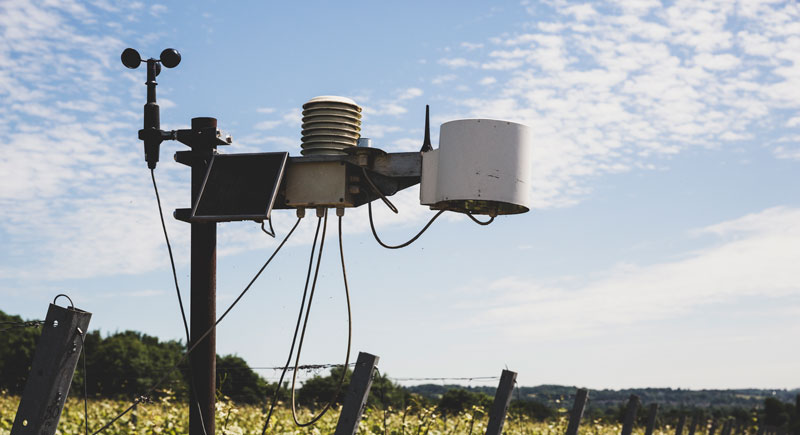Little Weather Watchers Understand How Climate Affects Our Lives
What’s the weather forecast for today? Are the skies clear or does it look cloudy? Why do we have to check the weather before stepping out of our houses? Well, that’s because the weather conditions determine the choices we make. The choice of clothes we wear, to the type of food we should eat, the transport that we want to use, and even the kind of activities we are planning to do, all depends on whether the skies are rainy, stormy, clear or warm.
Let’s take an example of a few scenarios:
Hot sunny Day
When the sun is shining mercilessly over the city skyline, it’s time to pick-up a pair of shorts, wear your caps & sunglasses before stepping outdoors. A bicycle guarantees a pollution free ride to the garden where you can lay the basket & enjoy a sandwich followed by a cool lemonade cooler.
Rainy Day
When the rain God’s decide to pour abundance of shower, gear-up with gumboots, a raincoat and an umbrella for extra precaution. A two-wheeler ride is not the best option on a rainy day. Savor a healthy snack of freshly roasted corn on cob with your evening cuppa hot chocolate milk. If you were planning to workout, hit the gym, instead of strolling on the streets.
In the above two scenarios, did you notice how our choices are affected by the patterns of weather and climatic conditions.
Apart of human acclimatization, plants and animals too learn to adjust as too much or too little of any extreme climatic patterns harm them.
To teach students the effects of weather and get a chance to practice hands-on experiments, Carolina Smithsonian Science presents a dedicated lesson plan for the same.
Carolina Science
Carolina is a famous Science material supplier and has been providing ready-to-use science kits to schools across the Middle East, including Dubai and other parts of the world. The latest Smithsonian Science Classroom and Digital module is available for purchase in the UAE and GCC countries which comprises of integrated 3D learning kits, printed materials, and digital resources, in one comprehensive package.

Carolina’s Module on: How Do Weather and Climate Affect Our Lives?
This is a part of the Smithsonian Science for the Classroom series featured by the Smithsonian Science Education Center. The subject is covered for students of grade 3. The main overarching topics of Earth and Space science are covered with focus also on some aspects of Engineering.
Students will practice the following:
- Investigate to conclude if weather can vary over short distances.
- Discover the workings of the Anemometer, a device that helps measure the speed of airflow in the atmosphere. The same technology is used to test the harsh environment inside confined railway or mining tunnels, to determine the airflow.
- Children will learn to collect information on weather and track the data over a period of time. A catalogue with day’s high and low temperature is maintained in the journal over a period of days, or even months. Then children are made to analyze the graphs of ‘hot’ and ‘cold’ temperatures and draw conclusions or predict similar climatic changes. This prediction helps us in being more prepared and aware of how to dress, when to travel, and things to carry.
- On the basis of interpretation of data and studying the weather graphs, children come together to plan & organize an event, like a football tournament, by choosing a month and day, that predicts a conducive climatic pattern for the game.

Some resources provided by Carolina that are included in this module:
- Comprehensive educational videos on hurricane, sunny skies, clouds, thunder, lighting, etc. for children to observe and learn important lessons in a fun and creative way.
- Instruments such as a thermometer, anemometer, wind vane, and rain gauge, are available with the kit, to help children understand & practice ways to read the temperature.
- Live satellite map reading enables children to watch satellite images over the past 12 hours.
- Cloud identification chart helps kids identify the types of clouds and cloud coverage by participating in the GLOBE observer program.






Recent Comments